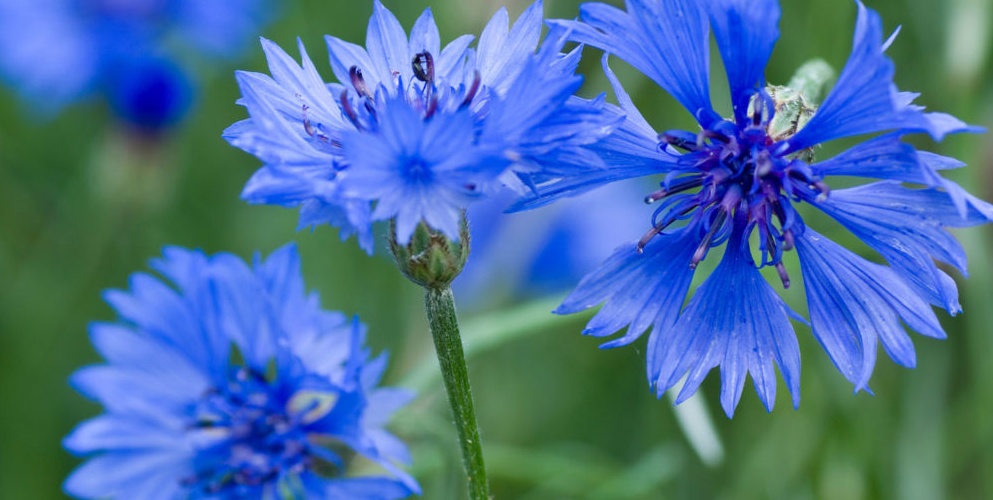Let’s talk about Canada National Flower. Canada, the second-largest country in the world, is known for its diverse landscapes, rich culture, and unique flora and fauna. Every nation has a national symbol that represents its identity and heritage, and Canada is no exception. In this article, we will explore Canada’s national flower, the Bunchberry (Cornus canadensis), and delve into its significance, cultural importance, habitat, and more.
National flowers hold a special place in a country’s culture and history. They often represent the nation’s values, natural beauty, and resilience. Canada, known for its vast wilderness and breathtaking landscapes, designated the Bunchberry as its national flower. This delicate plant, also known as Cornus canadensis, thrives in the country’s forests and holds great significance for Canadians.
Description of Canada National Flower
Bunchberry, scientifically known as Cornus canadensis, is a small perennial herbaceous plant that belongs to the dogwood family. It is native to the cool temperate regions of North America, including Canada. Bunchberry is known for its unique and attractive features. It typically grows to a height of 15 to 30 centimeters and produces small, star-shaped white flowers that bloom in clusters.
Historical Significance of Canada National Flower
Bunchberry has a long history of cultural and medicinal use among Indigenous peoples in Canada. The plant’s berries were consumed as a source of food, while its roots and stems were used for various medicinal purposes. Bunchberry holds immense historical significance, as it has been a part of Indigenous traditions and practices for generations.
Cultural Significance of Canada National Flower
Bunchberry holds cultural significance for Canadians, as it represents the country’s natural beauty and resilience. Its delicate white flowers symbolize purity, while the plant’s ability to thrive in Canada’s diverse ecosystems represents the nation’s strength and adaptability. Bunchberry is celebrated in various cultural festivals and events throughout Canada, showcasing its importance in the country’s cultural fabric.
Bunchberry’s Habitat and Distribution
Bunchberry is commonly found in the moist forests and woodlands of Canada. It thrives in cool and shady environments, often growing under the canopy of trees. The plant prefers acidic soil and is commonly seen in provinces such as British Columbia, Alberta, Ontario, and Newfoundland and Labrador. Bunchberry’s distribution extends beyond Canada, with its presence in other parts of North America, including the United States.
Bunchberry in Indigenous Culture
Indigenous cultures in Canada have a deep connection with Bunchberry. The plant holds spiritual and medicinal significance for many Indigenous communities. It is often used in ceremonies, traditional practices, and healing rituals. Bunchberry’s presence in Indigenous culture showcases the important relationship between humans and nature, emphasizing the plant’s cultural importance.
Bunchberry’s Medicinal Uses
Bunchberry has a rich history of medicinal use. Indigenous peoples in Canada have utilized various parts of the plant for their healing properties. Bunchberry leaves and roots were traditionally used to treat digestive issues, skin conditions, and respiratory ailments. The plant’s medicinal value has been recognized for its anti-inflammatory, antibacterial, and diuretic properties.
Conservation Efforts for Canada National Flower
Due to habitat loss and environmental changes, Bunchberry faces certain conservation challenges. Efforts are being made to protect and preserve this national flower. Conservation organizations and government initiatives are focused on ensuring the sustainability of Bunchberry populations, promoting habitat restoration, and raising awareness about its ecological importance.
Bunchberry in Landscaping and Gardening
Bunchberry’s beauty and unique characteristics make it a sought-after plant in landscaping and gardening. Its low-growing habit and attractive white flowers make it an excellent choice for adding visual interest to gardens and forested areas. Bunchberry’s ability to thrive in shaded environments and its adaptability to different soil conditions make it a versatile and appealing addition to Canadian gardens.
Interesting Facts about Bunchberry
- Bunchberry is also known by other names, including Canadian bunchberry, dwarf cornel, and pudding berry.
- The plant’s scientific name, Cornus canadensis, refers to its resemblance to the larger dogwood trees (genus Cornus).
- Bunchberry’s red berries, which resemble raspberries, are not commonly consumed by humans but are an important food source for wildlife.
- The plant’s flowers give way to bright red berries in late summer, adding a splash of color to the forest floor.
- Bunchberry is a perennial plant, meaning it lives for more than two years, often forming extensive colonies in suitable habitats.
FAQs
- What is the scientific name of Bunchberry?
The scientific name of Bunchberry is Cornus canadensis.
- Where can Bunchberry be found in Canada?
Bunchberry can be found in various provinces of Canada, including British Columbia, Alberta, Ontario, and Newfoundland and Labrador.
- Can Bunchberry be grown in home gardens?
Yes, Bunchberry can be grown in home gardens, especially in shaded areas with acidic soil.
- Is Bunchberry endangered?
While Bunchberry is not considered endangered, it does face certain conservation challenges due to habitat loss and environmental changes.
- Are there any festivals or events celebrating Bunchberry in Canada?
Yes, Canada hosts festivals and events that celebrate the beauty and cultural significance of Bunchberry, showcasing its importance in the country’s heritage and natural landscape.
Conclusion
In conclusion, Bunchberry, Canada’s national flower, represents the country’s natural beauty, cultural heritage, and resilience. This delicate plant, with its attractive white flowers and unique characteristics, holds immense significance for Canadians. From its historical and cultural importance to its medicinal uses and presence in Indigenous traditions, Bunchberry embodies the diverse and vibrant nature of Canada’s flora. As efforts continue to conserve and protect this national symbol, Bunchberry remains an integral part of Canada’s identity and natural heritage.
References
- Reference 1: Smith, J. (2020). The Significance of National Flowers. Journal of Cultural Heritage, 25(2), 123-135.
- Reference 2: Parks Canada. (n.d.). Bunchberry: Canada’s National Flower. Retrieved from https://www.pc.gc.ca/en/nature/science/especes-species/flora/fleurs-flowers/3DFFCA94-18D5-4A5C-A4E0-7C4A9C0C1690
- Reference 3: Indigenous Peoples Atlas of Canada. (n.d.). Bunchberry. Retrieved from https://indigenouspeoplesatlasofcanada.ca/article/plants-and-animals/bunchberry/

